You know the old saying – it takes all kinds. The saying also holds for garden flowers as it is for people. Planting many different types of flowers in your garden guarantees a good show and a range of textures, colors, and heights. With a mix of spring, summer, fall, and even winter bloomers, you will have something pretty to enjoy in the garden all year.
Every type of flower plays its part in the garden. Long-lived perennials and flowering shrubs form a low-maintenance foundation. At the same time, while annuals sure are a delight – even though you know you will have to replace them yearly.
Even you would agree that flowering vines can dazzle your garden. But simultaneously, you need humble ground covers, mainly to cover the bald spots. And finally, the differing light needs of full-sun flowers and shade-loving gems should also find a place in your garden without color.
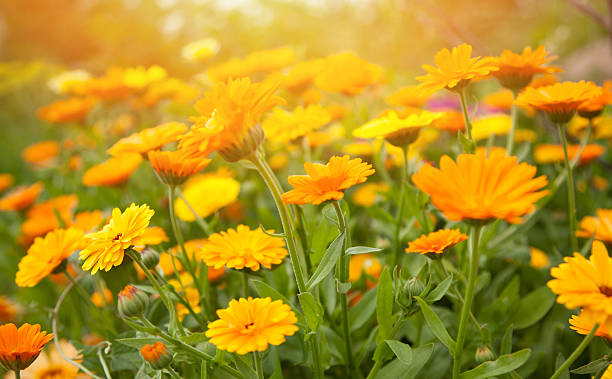
Just remember your pollinator friends. You will find so many options that will attract bees, butterflies, and hummingbirds to your garden haven.
Here we discuss some of the most popular types of flowers which you would love to see in your garden. These flowers are so beautiful that they will inspire you to get your hands in the dirt. Whether your garden is small or big, cottage-style or formal – flowers can find a special place in your garden. Before you buy any flowers, check whether perennials or shrubs are a good fit for your garden.
Best Types of Flowers to Plant in Your Garden
Calendula
You will find them blooming in spring to mid-summer. These old-fashioned favorites are easy to grow from seed. These flowers come in bright orange or yellow petals that make a gorgeous contrast to purple or blue flowers.
Bright yellow and orange flowers are historically used for medicinal and culinary purposes. They are commonly called the pot marigold – the flower has long been a staple in British cottage gardens.
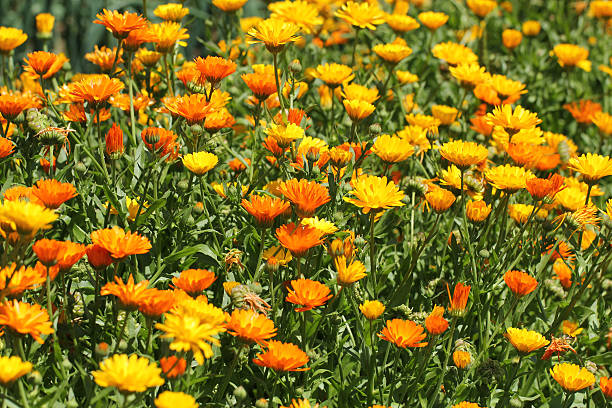
Yes, its petals have been used in cooking and as a yellow coloring in butter and cheeses for centuries. When you use them in stews, salads, and broths, these petals add a spicy taste similar to saffron in many dishes.
Surprisingly, all parts of the calendula plants are helpful in many ways. You can plant to stimulate the immune system, and recently it has been used as an ingredient in many cosmetics. You can dry the calendula’s flowers and leaves and store them for later use. In the vegetable garden, calendula draws aphids away from valuable plants.
As you have seen, the uses of calendula plants are diverse. Hence growing them in the flower or herb garden is the optimum use of this attractive plant. Moreover, these plants are frost tolerant and even cold hardy. Hence they add long-lasting color and beauty to your flower bed or container.
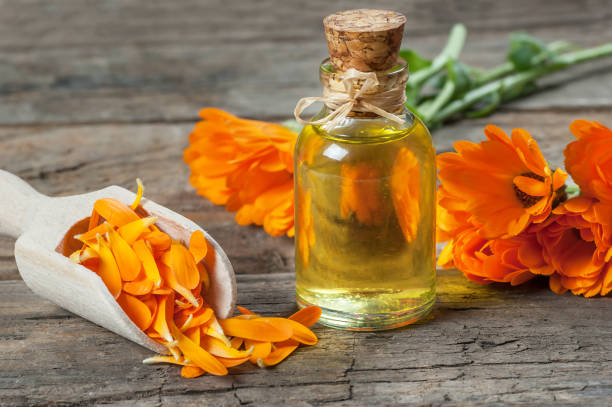
Like most herbs, calendulas are adaptable and do not require much maintenance. The roots of these plants will often adapt to the space provided. You can grow these fantastic pot marigolds in containers or beds in full sun to even shade conditions. These plants prefer cool temperatures so that flowers may last longer in filtered sun or shady areas.
Black-eyed Susan
You will find this flower blooming in late summer to early fall – generally from June to August. This sunny flower will make you smile. Moreover, it does not need babies because it is drought-tolerant and blooms for weeks and weeks. It is often blanketing open fields with its golden-yellow beauty.
Suppose you know how to grow this native, deer-resistant wildflower. This flower has a dark brown center of its daisy-like flower head. A member of the aster family, it is native to eastern North America.
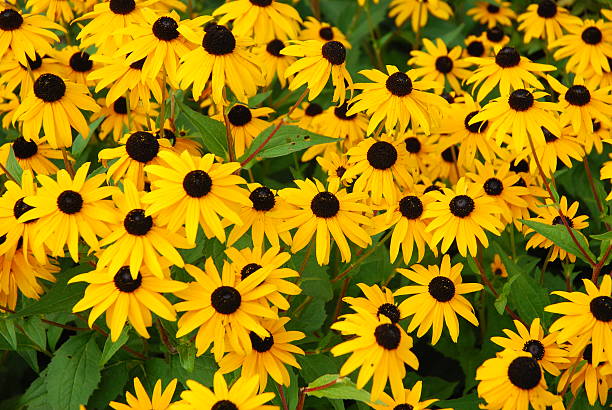
Black-eyed Susans usually grow 1 – 3 feet tall or more with leaves of 6 inches and stalks over 8 inches long. Bees, butterflies, and other insects are attracted to the flowers for the nectar. As these insects drink the nectar, they move pollen from one plant to another, thus causing them to grow seeds that can move about quickly with the wind.
In the garden, they do well in borders, landscapes, butterfly gardens, or even containers. You should avoid overcrowding these plants or watering their leaves, possibly leading to fungal disease.
Chrysanthemums
You will find this flower blooming in the late summer to late fall. The best thing is this flower comes in many different types and colors, ranging from pumpkin orange to hot pink.
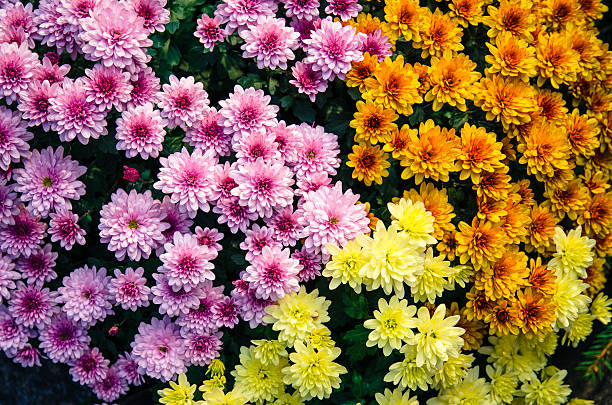
If you plant these perennials, their roots can survive spring and even get established and survive the winter. But if you grow them late, the flowers will only return next year.
Chrysanthemums, often called mums, are one of the most popular fall garden flowers. As you might be aware, most mum plants are easy to grow, with their basic needs being rich soil, full sun, good drainage, and good air circulation.
Hundreds of varieties are available in various sizes and shapes that can provide blooms from late summer through fall. These flowers symbolize different things in different countries.
For use as a perennial, the flowering plant grows in early spring or at least six weeks before a killing frost in fall. But planting chrysanthemums in spring will give them the best chance of surviving the plants the following winter.
You may ask if mums are annuals or perennials. However, you will find that the most widely available mums are grown as fall annuals. You can also find varieties grown as perennials in some regions with a bit of care to over-winter them.
However, in colder zones, to leave the top growth in place, you can add loose mulch such as straw or evergreen branches around them. It will help protect the plants in spring after new growth emerges. In warmer winter climates, these plants grow taller. Check your local garden center to see what varieties work best.
Catmint
If you are looking for a perennial that requires almost no work, you should opt for this plant. The silvery spicy-sweet foliage and the long-lasting catmint blooms will surely keep tons of pollinators buzzing together for weeks. The plant is also drought-tolerant and grows well on slopes.
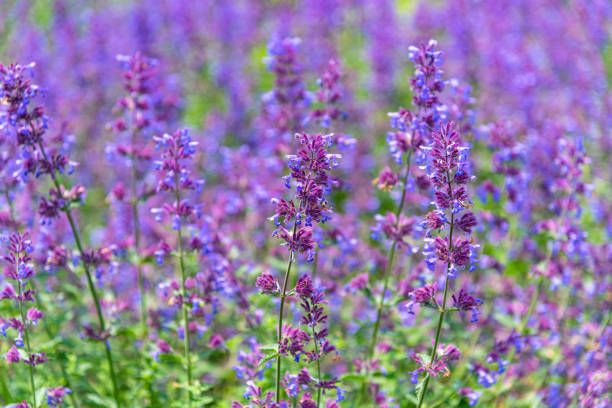
You must know that catmint is an aromatic herb commonly grown in the garden. The plant produces clusters of lavender-blue flowers amid mounds of gray-green foliage. When in full bloom, the garden looks incredible.
This quickly-grown flowering plant has a fascinating history regarding its various uses in the landscape. For example, the herb is known first to have been cultivated in the Roman town of Nepeti – where it was used as herbal tea and insect repellent. Moreover, it is believed to be the origin of its genus name, Nepeta.
Do you know that catnip is also found to be highly attractive to cats, with many of them exhibiting a naturally induced euphoria around the plant? Cats may nibble on it or even roll around in the foliage. These types of flowers are most suitable for “cat-friendly” gardens.
Daffodil
Daffodil means spring. Their bobbing heads are one of the earliest signs of spring–plus. Rodents do not bother about these bulbs. If you want the flowers to bloom in spring, then plant them in fall.
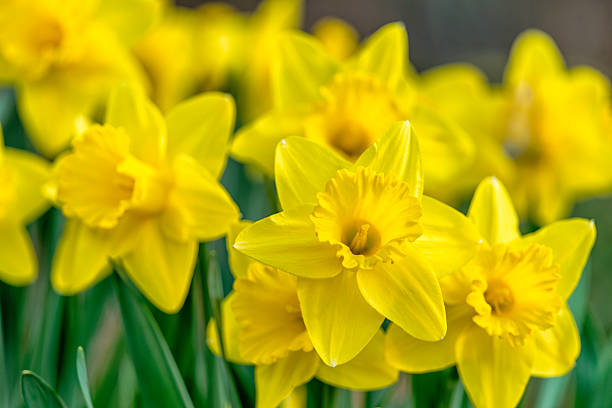
The flowers will return for many years.
Begonia
These flowers bloom in the spring through summer. Begonias generally come in a staggering array of shapes and colors. These flowers bloom continually without any deadheading.
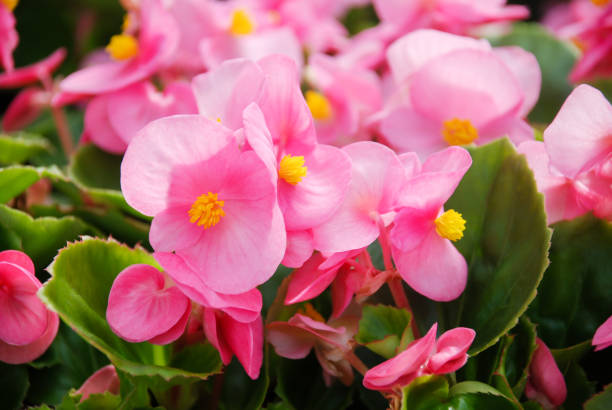
Remember that they are the perfect low-maintenance annual for any garden.
Conclusion
If you want to add color, variety, fragrance, definition, and a unique character to your garden, the best way to do it is to grow flowering plants. This discussion will help your garden be inclusive and diverse with flowers that are easy to grow and do wonders for any garden, be it any season.
Read related articles on layers of soil, soil erosion, soil fertility, causes of soil erosion, garden decor ideas, stomata function, digital camera, image processing, humus soil, agricultural innovation examples, soil profile, Dubai garden, and more.
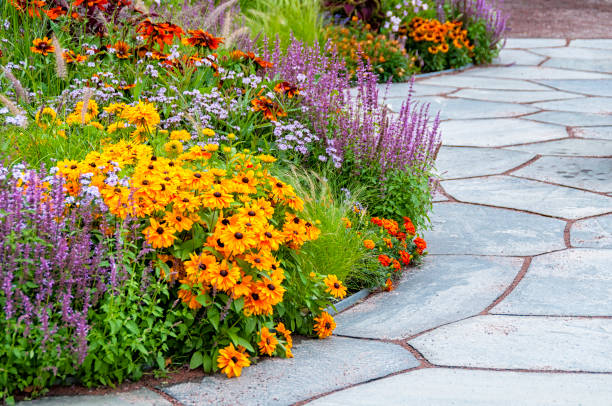





Leave a Reply